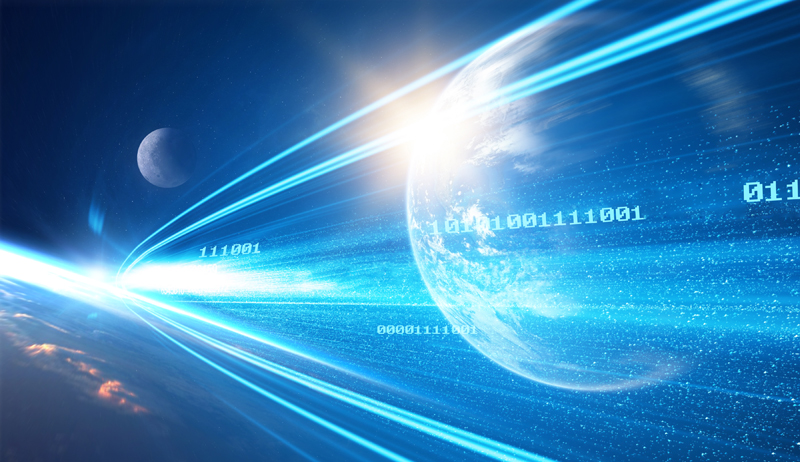The Future of Industrial Communications: Embracing the Power of 5G and IoT

The Future of Industrial Communications: Embracing the Power of 5G and IoT

Driven by 5G and the Internet of Things (IoT), the future of industrial communications is on the verge of major change. As we delve into the future, it becomes clear that these two technological advancements will revolutionize the way the industry communicates, operates and grows.
5G is the fifth generation of wireless technology that promises faster speeds, lower latency and more reliable connections. Technological leaps aren't just about faster smartphones, they're about faster smartphones. It is providing the necessary infrastructure for many emerging technologies. The potential applications of 5G in industrial communications are vast, ranging from real-time monitoring of equipment to remote control of machinery.
The Internet of Things (IoT), on the other hand, refers to the network of physical devices connected to the internet, collecting and sharing data. The technology has already seen significant advances in industrial communications, sensors and devices such as smart meters, which can provide valuable data to improve efficiency and productivity.
The convergence of 5G and IoT will create powerful synergies and drive industrial communications into a new era. With 5G's high-speed, low-latency connections, IoT devices can communicate and share data more efficiently than ever before. This combination will transform the way industries operate by enabling real-time data analytics, predictive maintenance and remote control of machinery.
In addition, the convergence of 5G and IoT will also pave the way for the implementation of advanced technologies such as artificial intelligence (AI) and machine learning. These technologies rely on large amounts of data and high-speed connections to function effectively. With the necessary infrastructure provided by 5G and IoT, industries can harness the power of artificial intelligence and machine learning to automate processes, improve decision-making and drive innovation.
However, embracing the power of 5G and IoT is not without its challenges. Security is an important issue, and as device connectivity increases, it creates more potential entry points for cyberattacks. Industries need to invest in strong security measures to protect their networks and data. Furthermore, the implementation of these technologies requires significant investment in infrastructure and training.
Despite these challenges, the potential benefits of integrating 5G and IoT into industrial communications cannot be overlooked. The ability to monitor equipment in real time, predict maintenance needs and control machines remotely can lead to significant cost savings and increased productivity. Furthermore, harnessing the potential of artificial intelligence and machine learning can drive innovation and give the industry a competitive edge.
All in all, the future of industrial communications lies in the power of 5G and IoT. These technologies will revolutionize the way industries operate, providing the infrastructure for real-time data analysis, predictive maintenance, remote control of machinery, and the implementation of artificial intelligence and machine learning. Despite the challenges, the potential benefits make adoption of these technologies an exciting prospect for industries across the globe. As we continue to explore this future, it is clear that the power of 5G and IoT will play a key role in shaping the industrial landscape of tomorrow.